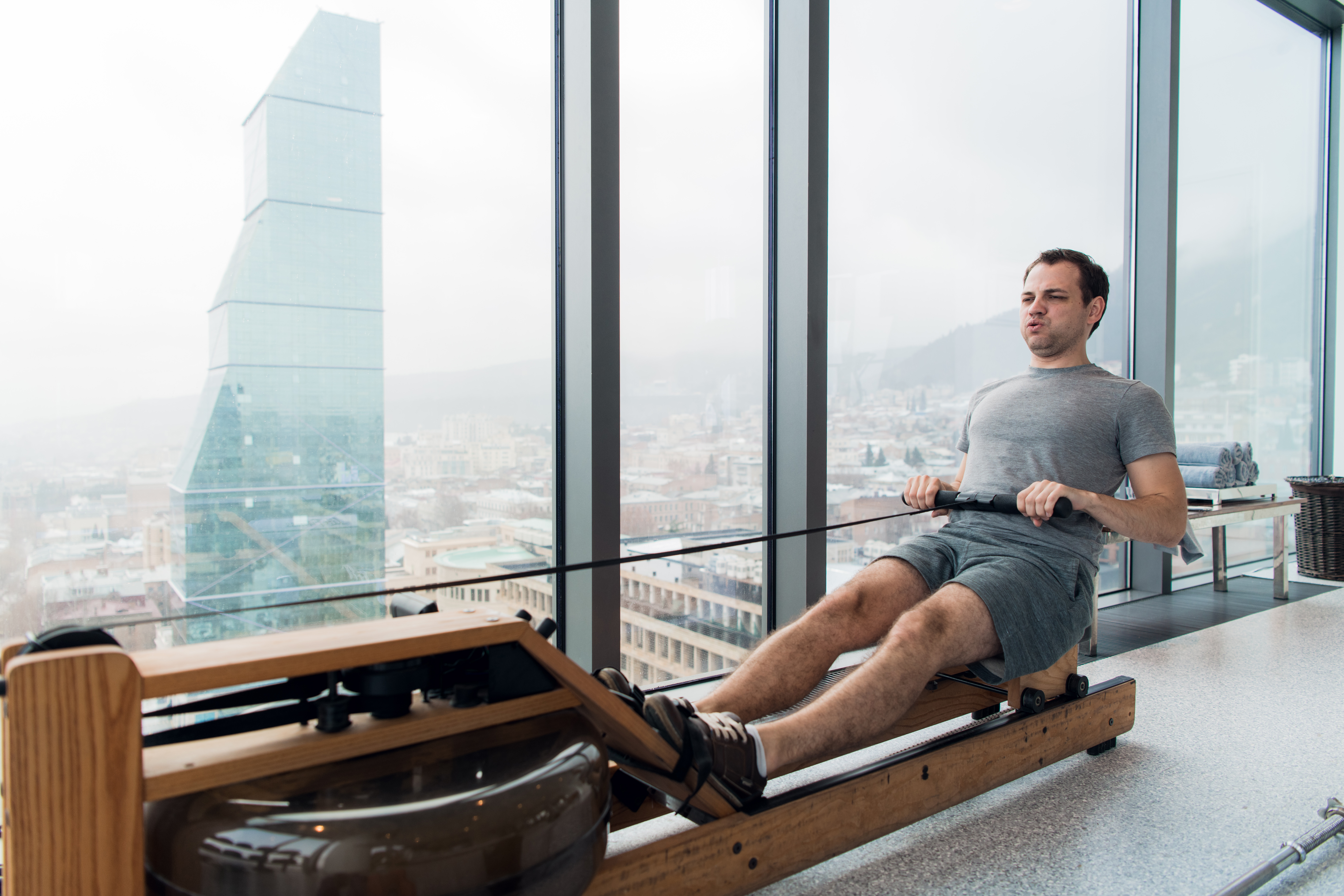
The intersection of copyright law and craftsmanship has long been a contentious issue, and few cases highlight the debate better than WaterRower’s battle to protect its iconic rowing machine.
Patent attorney Neil Kilpatrick, who once acted for WaterRower, delves into the complexities of the case, unpacking the legal clash between UK and EU interpretations of copyright.
As the courts wrestle with defining “artistic craftsmanship,” Neil sheds light on the broader implications for intellectual property law and design protection, leaving us to ponder where the line between art and craftsmanship truly lies.
It’s been a long wait, but the scope of copyright to protect 3D articles and products has been given a set-back after WaterRower lost its argument that its iconic water rowing machine does not qualify as a work of artistic craftsmanship.
The WaterRower is an aesthetically pleasing, “nice to look at” piece of exercise equipment. It’s featured prominently in TV and film and has been displayed and sold by the Design Museum and MoMA. It’s undoubtably a great design and WaterRower rightly try their best to protect their product and its status.
Knowing this, back in 2019 I was faced with a dilemma – competitors were producing products that strayed closer and closer to WaterRower’s main product line and design. Indeed one that they had been very successfully manufacturing and selling since the late 1980’s. All patents had lapsed, and unregistered and registered designs were also past their end date. Setting aside trademarks, the only IP right left was copyright.
The traditional thought is that copyright protects artistic, literary, musical works, not products. However, these artistic works can include sculptures and works of “artistic craftsmanship”. And what is a work of artistic craftsmanship? Why a work by a craftsman who is also artistic of course.
Is the WaterRower a work of artistic craftsmanship? Well, in my mind it actually didn’t matter. EU case law binding in the UK had established that copyright subsists regardless of artistic merit. So it should subsist in works of artistic craftsmanship without the artistry – a work of craftsmanship. Thus began WaterRower’s dispute with Liking.
So which approach is correct? The broad EU one that copyright exists for all original works, or the UK one that requires original works to also conform to a set of categories. This is the crux of WATERROWER (UK) LIMITED v LIKING LIMITED (T/A TOPIOM) [2024] EWHC 2806 (IPEC).
I will leave the legal detail to another day, but you can tell that the judge wrestled with this dilemma. Indeed, 15 months passed from hearing to judgment. In the event, he found that whilst the WaterRower has aesthetic appeal and the designer could be considered a craftsman, it does not have artistic quality.
How does this square to EU law (still binding on the UK post-Brexit)? Well, in my opinion it doesn’t – although perhaps the judge felt bound to follow UK precedent even whilst acknowledging this inconsistency.
Personally, whilst I do not dislike seeing copyrights “overreach” being rowed back, I still see the glaring mismatch between copyright and how it is applied in the UK and in the EU. I feel that UK law or at least the approach taken by the UK courts needs to be clarified. Until it is then this will remain a valid but uncertain option for proprietors seeking to prevent copycats.
So will WaterRower appeal? I no longer act for them since moving firms, but I hope so. However I suspect that until the Supreme Court gets the opportunity to discuss the issues with the law and earlier precedent, that we will continue to be left wondering when a craftsman becomes an artist craftsman and so when craftsmanship becomes artistic craftsmanship.
If you would like further advice or support, please get in touch via our website here or email us at hello@two-ip.com.





